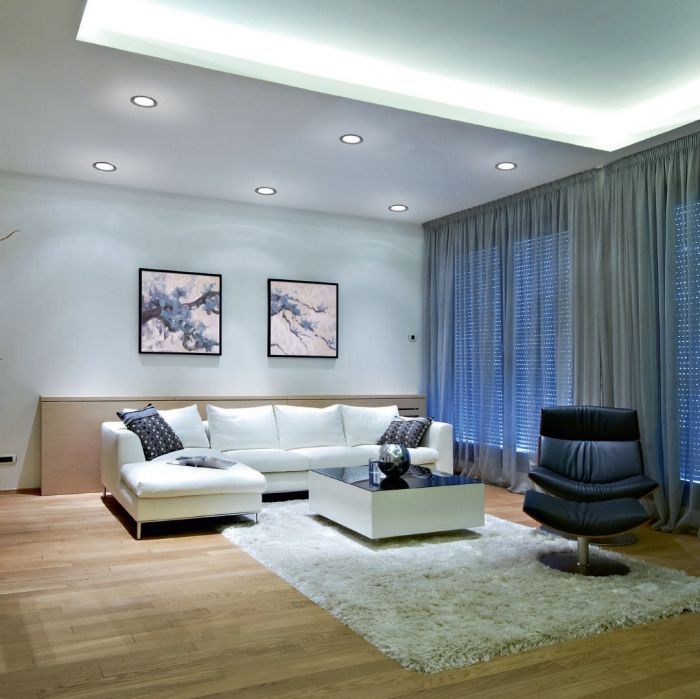In the realm of modern architecture, lighting isn't just a functional necessity; it's an art form that shapes spaces, evokes emotions, and creates memorable experiences. One of the driving forces behind the transformation of architectural lighting is the Architectural LED Lighting Manufacturer. This article explores the significance, innovations, and impact of these manufacturers on the world of architectural lighting.
The Evolution of Architectural Lighting
Historically, architectural lighting was limited to traditional incandescent and fluorescent sources. However, with the advent of Light Emitting Diodes (LEDs), the landscape changed dramatically. LEDs offered energy efficiency, durability, and unparalleled design flexibility. Architectural LED Lighting Manufacturers emerged as key players in harnessing these qualities to create cutting-edge lighting solutions.
Innovative Design and Customization
Architectural LED Lighting Manufacturers specialize in merging illumination with creativity. They provide architects and designers with a vast array of options to experiment with lighting in unprecedented ways. From color-changing LEDs that can transform the ambiance of a space instantly, to fixtures so discreet they seem part of the architecture itself, these manufacturers enable limitless design possibilities.
Customization is another cornerstone of their offerings. Manufacturers collaborate closely with clients to understand their vision and tailor lighting solutions accordingly. This collaboration ensures that each project receives a unique lighting identity, be it for a sleek corporate office, a lavish hotel, or an avant-garde museum.
Technological Advancements
The marriage of LED technology and smart systems has propelled architectural lighting into the digital age. Architectural LED Lighting Manufacturers have embraced this convergence to create intelligent lighting systems. These systems can be controlled remotely, programmed for dynamic changes, and even respond to external stimuli like daylight levels or occupancy.
Furthermore, manufacturers are integrating Internet of Things (IoT) capabilities into their lighting solutions. This enables centralized control of lighting across large installations, real-time monitoring of energy usage, and data-driven insights for optimizing lighting strategies.
Sustainability and Energy Efficiency
In an era focused on sustainability, Architectural LED Lighting Manufacturers play a pivotal role. LEDs inherently consume less energy compared to traditional lighting technologies, contributing to reduced carbon footprints. Additionally, these manufacturers continuously refine their designs and manufacturing processes to enhance energy efficiency even further.
Sustainability isn't limited to energy consumption. Manufacturers also consider the lifecycle of their products, from sourcing materials to disposal. This holistic approach ensures that their lighting solutions are environmentally responsible at every stage.
Impact on Architecture and Beyond
The influence of Architectural LED Lighting Manufacturers extends beyond individual buildings. Their creations have the power to transform urban landscapes, turning city skylines into breathtaking canvases. Illuminated bridges, landmarks, and facades become iconic symbols of a city's identity.
Moreover, these manufacturers influence human well-being. Studies have shown that well-designed lighting can enhance mood, productivity, and even health. By crafting environments that prioritize both aesthetics and human comfort, these manufacturers contribute to spaces that truly enrich lives.
Conclusion
The role of an Architectural LED Lighting Manufacturer see website goes beyond crafting luminaires; it's about curating experiences. Their blend of artistry and technology illuminates our world in ways that were once unimaginable. As architecture continues to evolve, so will the innovations brought forth by these manufacturers, guiding us toward a future where light isn't just a fixture, but an integral part of our existence
